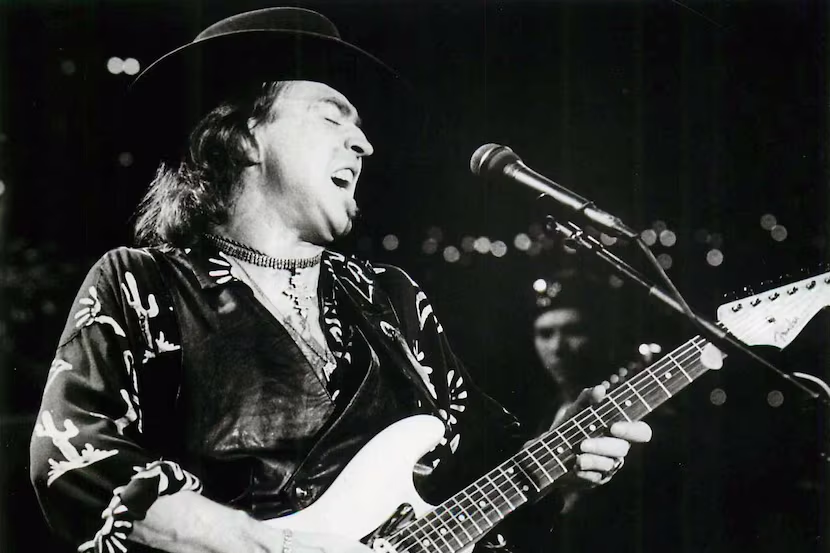The Early Days of Stevie Ray Vaughan and Double Trouble: A Legend in the Making
The journey of Stevie Ray Vaughan and Double Trouble began as a whirlwind, marked by raw talent, grit, and the spirit of a musician who was destined to transform blues-rock forever. Vaughan’s early days with his band were like a storm gathering force, one that would soon shake up the music world and bring blues back to the mainstream in a new, electrifying way.
A Love Affair with the Blues
Stevie Ray Vaughan grew up immersed in music. Born in 1954 in Dallas, Texas, Vaughan’s passion for blues was ignited early, listening to the sounds of legends like Muddy Waters, Albert King, and B.B. King. As he picked up the guitar, it became clear that he had a unique voice within his instrument, expressing himself with soul, depth, and a mature tone that belied his age. His connection to the music was more than technical; he had a deep, emotional bond with the blues, one that would resonate through every note he played.
The Birth of Double Trouble
By the late 1970s, Vaughan had made a name for himself in the Texas music scene. After performing with several bands, he found the right chemistry with drummer Chris Layton and bassist Jackie Newhouse, forming the original lineup of Double Trouble. Later, Newhouse was replaced by Tommy Shannon, whose bass playing helped solidify the band’s rhythm section, creating a synergy that defined their powerful sound.

In these early days, Double Trouble was still developing its identity, but Vaughan’s guitar mastery was already captivating audiences. His style was rooted in traditional blues but brought in elements of rock and jazz, giving it an edge that appealed to a wider audience. The trio quickly became known for their electric live shows, where Vaughan’s guitar seemed to take on a life of its own, channeling the spirit of the blues greats while establishing his own signature sound.
The Road to Success
Playing gigs across Texas, Double Trouble faced their fair share of challenges. They performed in bars and small venues, sometimes struggling to make ends meet. But Vaughan’s charisma and the band’s undeniable energy started to catch the attention of fans and industry insiders alike. The turning point came when the band was invited to play at the Montreux Jazz Festival in 1982, making them one of the first blues acts to perform there. Although they initially faced a mixed response from the crowd, Vaughan’s talent caught the eye of none other than David Bowie, who was in the audience. Bowie was so impressed that he invited Vaughan to play on his album Let’s Dance, which catapulted Vaughan’s career to new heights.
Rising to Fame
In 1983, Double Trouble released their debut album, Texas Flood, which quickly garnered critical acclaim and commercial success. The album, with hits like “Pride and Joy” and “Love Struck Baby,” showcased Vaughan’s fiery playing and introduced his Texas-style blues to a mainstream audience. His guitar solos were heartfelt and explosive, blending emotion with technical prowess, and his ability to convey passion through music made him a standout artist in an era dominated by other genres.
With the success of Texas Flood, Stevie Ray Vaughan and Double Trouble became icons of the blues revival. They followed up with albums like Couldn’t Stand the Weather and Soul to Soul, cementing their place in rock and blues history. Vaughan’s unique sound—created with his beloved Fender Stratocaster, heavy strings, and powerful amplifiers—redefined blues-rock, inspiring a new generation of musicians.
The Legacy of a Legend
The early days of Stevie Ray Vaughan and Double Trouble were a testament to passion, persistence, and a love for music that transcended the struggles they faced. Vaughan’s life may have been cut short by tragedy, but his legacy endures, reminding fans of a time when blues and rock collided in the hands of a master. His work with Double Trouble remains a high point in music history, a blend of technical skill, soulful expression, and unbridled energy that continues to inspire artists and listeners around the world.
